An ecosystem is a community of interacting organisms and their environment. Living things interact with each other and also with non-living things like soil, water and air. Ecosystems often contain many living things and can be as small as your backyard or as large as the ocean.
To learn how the different types of ecosystems work…
LET’S BREAK IT DOWN!
An ecosystem is a community of interacting organisms and their environment.
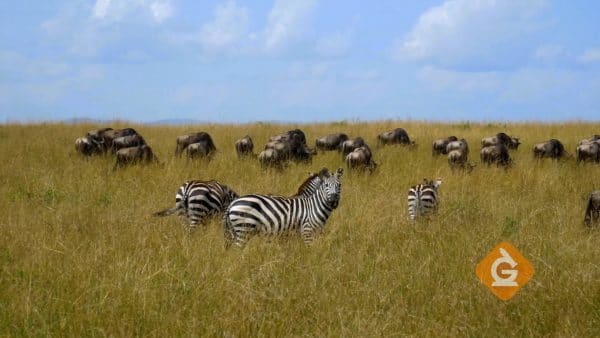
Many people only think of animals when they learn of ecosystems, but in reality, an ecosystem has animals, plants, and NON-living things too. Animals need to hide inside rocks and dead trees. Water is needed to drink and some animals live in the water. Air is a non-living part of an ecosystem as well -- all animals need air.
Some ecosystems provide special services for the entire world. For example, even though rainforests only cover 6% of Earth, they produce about 40% of the oxygen in the atmosphere through photosynthesis. Other ecosystems produce food, medicine, and helpful materials like rubber and lumber.
Organisms only survive in an ecosystem when their specific needs are met.
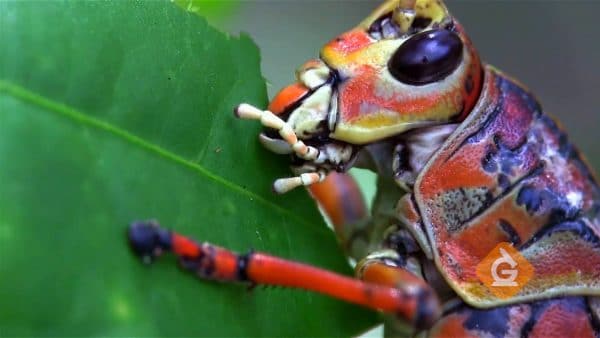
All organisms have needs, such as food, water, and air. If the needs of the organisms in the ecosystem are not met, they cannot survive.
Animals usually need food, water, and shelter. For example: if deer need to eat grass and the place they live in (their ecosystem) no longer has grass, they have to move somewhere else or risk not surviving.
A healthy ecosystem has many different kinds of organisms.
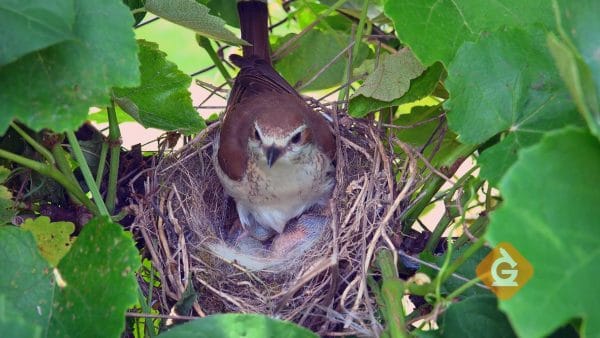
When you think of an ecosystem, such as a forest, there are many organisms that are important. Trees, deer, plants, birds, squirrels, and insects are prominent members of the ecosystem. There are many more organisms that live in an ecosystem that are not as noticeable.
We often forget about all the bacteria, fungus, and tiny insects that are equally important. Ecosystems depend on many organisms to keep them in balance.
When that balance is disrupted organisms cannot thrive, and some may even die. Possible disruptions caused by humans include pollution, deforestation, land development, or removing too many resources like water. Making wise choices to protect ecosystems will help all the living things continue to live and thrive. It's important to remember that not all disruptions are caused by humans, some happen naturally.
Newly introduced organisms can throw off the balance of an ecosystem.
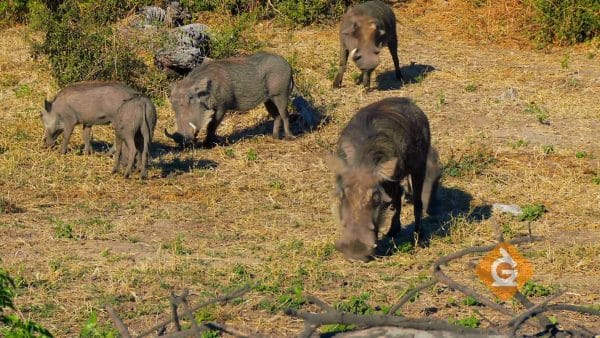
Another way humans impact ecosystems is by introducing invasive species. Invasive species are living things not naturally found in that ecosystem.
They upset the natural balance. Wild pigs were introduced to the United States centuries ago. Each year they cause billions of dollars of damage to crops. Wild pigs eat turkey eggs and other animals. Since they are no longer in their native environment, wild pigs do not have any natural predators, so their population is difficult to control.
In nature, an ecosystem is balanced with predator-prey relationships that keep populations from getting too high.
When invasive species are introduced three possible things can happen to existing animals. (1) The animals can adapt and stay in that ecosystem. (2) The existing animals die or (3) the animals can move somewhere else to find a new home.

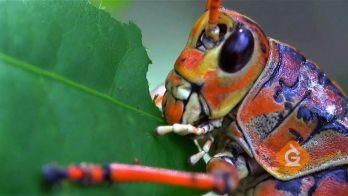








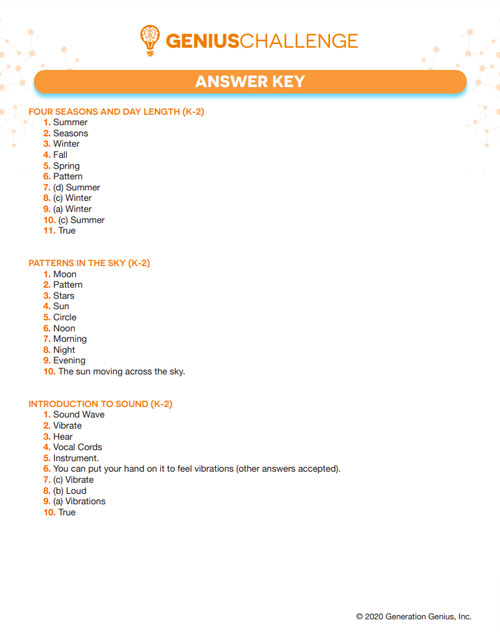























































































































 Select a Google Form
Select a Google Form









